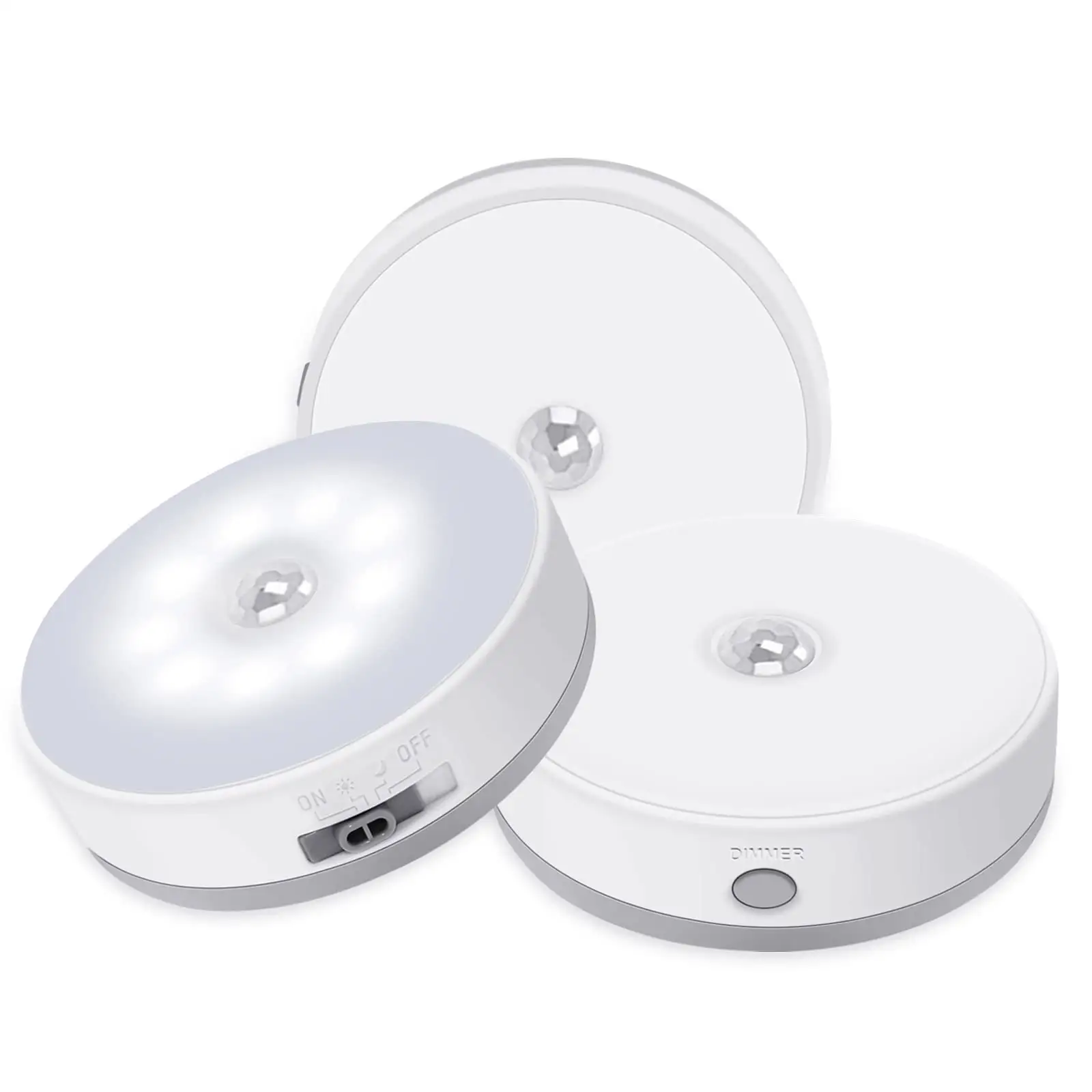
In the age of growing environmental awareness and rising energy costs, homeowners and businesses are increasingly turning to smart lighting solutions that not only provide illumination but also help save energy. LED sensor lights stand out as a technology that merges convenience with efficiency. These lights, equipped with motion and ambient light sensors, automatically control lighting based on presence and natural light availability. This intelligent operation significantly reduces unnecessary energy consumption while maintaining user comfort and safety.
One of the key features of LED sensor lights is their ability to detect movement within a specific area. By activating only when motion is sensed, these lights eliminate the common issue of lights being left on in empty rooms or hallways. This targeted lighting approach drastically reduces electricity use, particularly in spaces like garages, basements, closets, and stairwells where constant lighting is often unnecessary.
LED sensor lights often incorporate ambient light sensors that assess the current brightness in a room. These sensors prevent the light from turning on during daylight or when there is sufficient natural light. This adaptive lighting strategy ensures that LED sensor lights operate only when truly needed, enhancing energy efficiency without sacrificing illumination quality.
LED technology inherently consumes less power than incandescent or fluorescent bulbs. When combined with sensor technology, LED sensor lights offer compounded savings. Their lower wattage requirement and longer lifespan make them a sustainable choice that reduces energy bills and environmental impact over time.
LED sensor lights generally last significantly longer than traditional lighting options. This durability means fewer replacements, resulting in reduced material waste and lower maintenance costs. The combination of long-lasting LEDs and intelligent sensors delivers both financial and environmental benefits.
In homes, LED sensor lights provide practical benefits in areas such as entryways, hallways, bathrooms, and closets. These lights turn on automatically when someone enters, improving safety and convenience while preventing energy waste. Homeowners enjoy lower utility bills without compromising on lighting needs.
Businesses and public facilities also benefit from LED sensor lights. Offices, parking lots, and restrooms often experience fluctuating occupancy, making sensor-activated lighting an excellent way to optimize energy use. LED sensor lights help organizations meet sustainability goals and reduce operational costs effectively.
To maximize energy savings, it’s important that LED sensor lights allow customization of motion sensitivity and the duration the light stays on after activation. Fine-tuning these settings ensures the lights respond appropriately to activity without staying on longer than necessary, which can otherwise diminish energy-saving benefits.
Many modern LED sensor lights can integrate with smart home technology, providing additional energy-saving features such as remote control, scheduling, and adaptive lighting scenarios. This integration enhances the flexibility and efficiency of your lighting system, allowing tailored energy management.

LED sensor lights are typically designed for straightforward installation, either as standalone battery-powered units or as wired fixtures compatible with existing electrical systems. This ease of installation facilitates their use in various environments, promoting widespread adoption of energy-saving lighting.
Maintaining LED sensor lights is generally simple, requiring only occasional cleaning of sensors and timely replacement of batteries when applicable. This low-maintenance nature contributes to their cost-effectiveness and ensures sustained energy savings over their lifespan.
Yes, by ensuring lights are only on when needed, LED sensor lights can lead to noticeable reductions in energy consumption and electricity costs.
LED sensor lights can be used in most indoor and outdoor spaces. It is important to select models designed for the specific environment to ensure durability and proper sensor function.
Most LED sensor lights come with adjustable motion sensitivity and timer settings. Consult the product manual to fine-tune these parameters according to your space and usage patterns.
Many LED sensor lights are easy to install without professional help, but for wired fixtures or integration with smart home systems, professional installation might be recommended.
 Hot News
Hot News2024-06-06
2024-06-06
2024-06-06